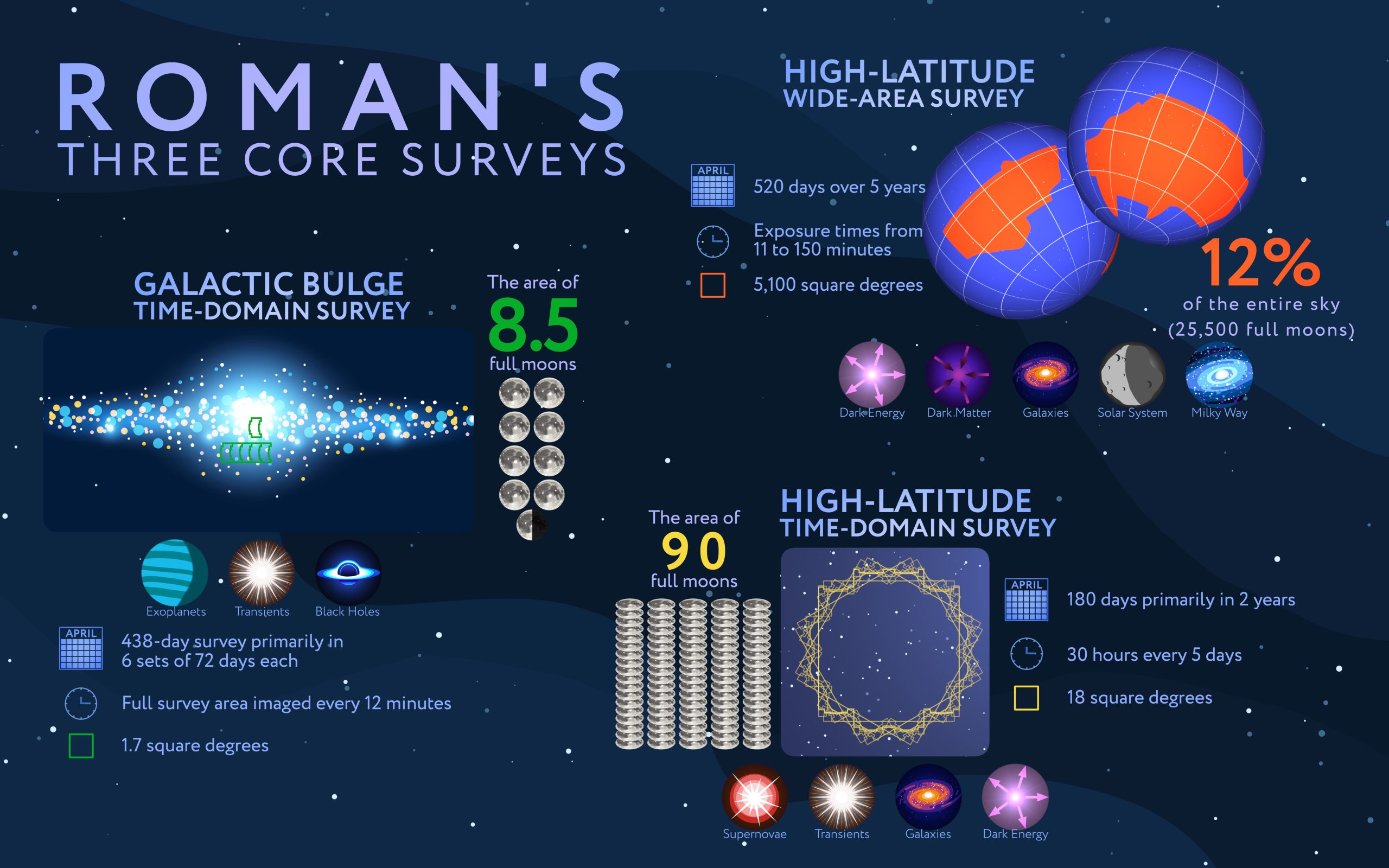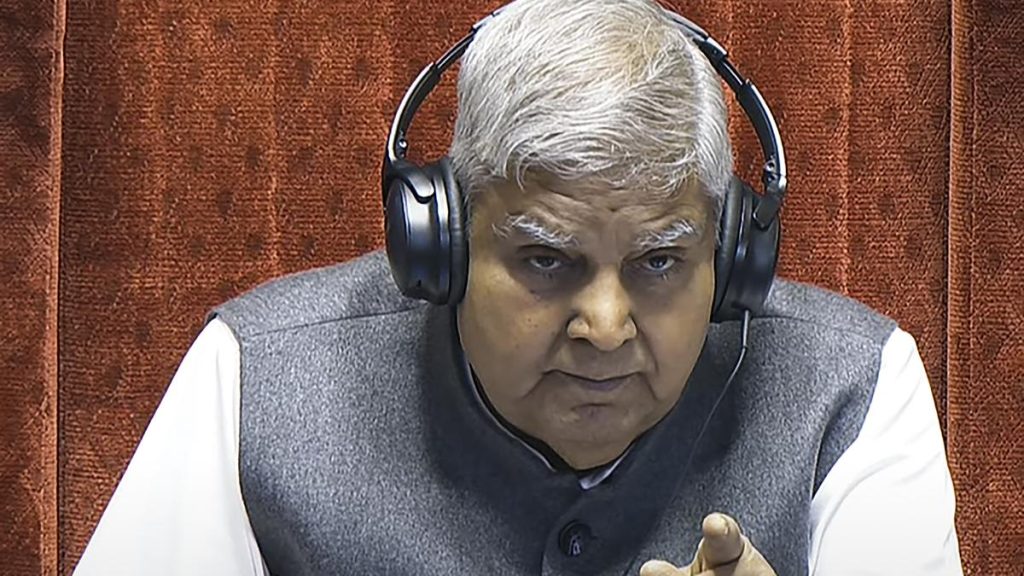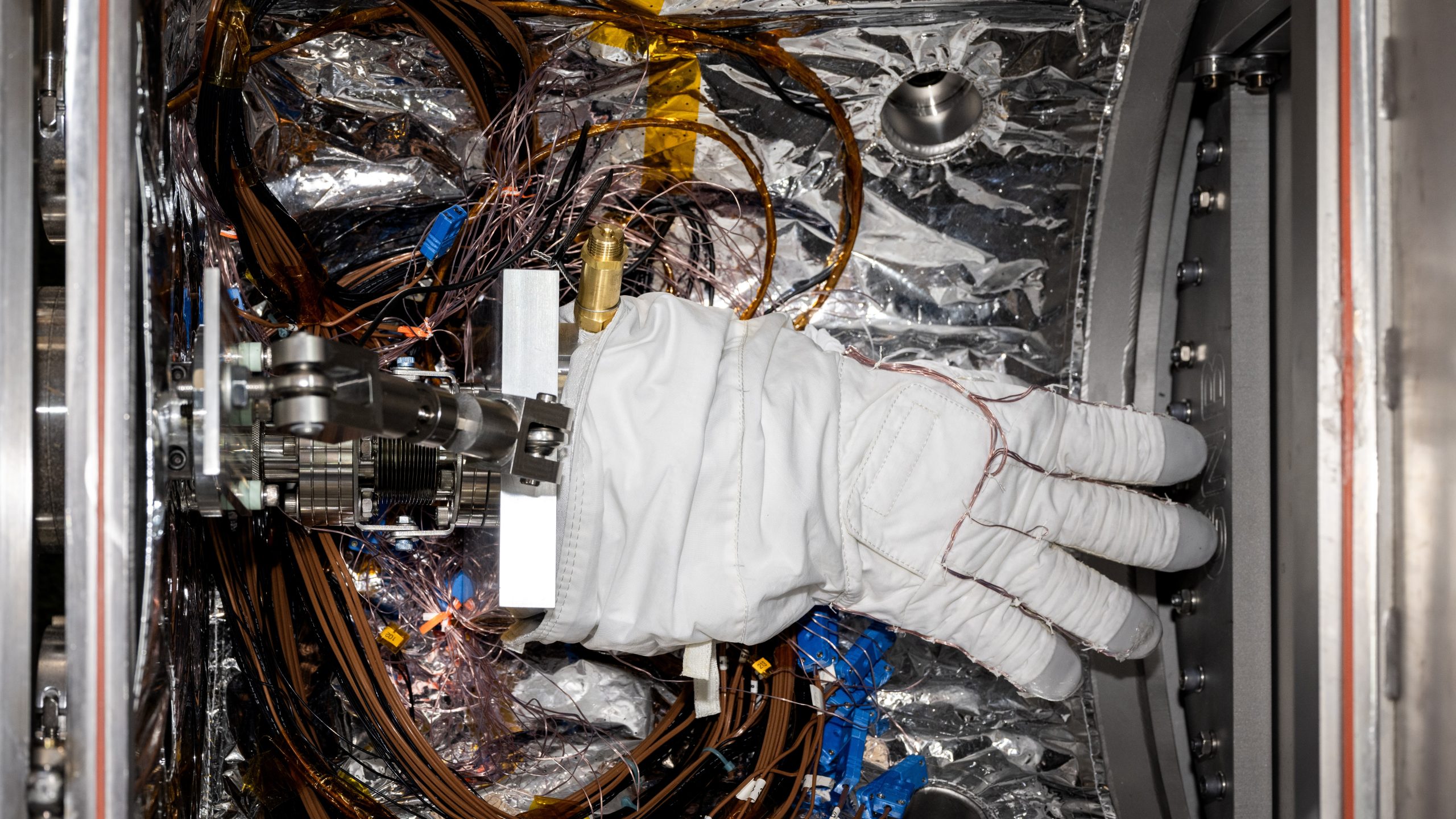Now Reading: NASA’s Roman Mission Unveils Plans to Explore the Cosmos
-
01
NASA’s Roman Mission Unveils Plans to Explore the Cosmos
NASA’s Roman Mission Unveils Plans to Explore the Cosmos

Quick Summary
- NASA’s Nancy Grace Roman Space Telescope team announced the designs for three major surveys aimed at exploring profound astrophysical mysteries and enhancing cosmic exploration.
- These initiatives focus on studying dark energy,dark matter,exoplanets,galaxy evolution,star formation,cosmic voids,and more.
- Surveys are developed with input from over 1,000 scientists across 350 institutions globally to maximize their scientific applications.
- Three main surveys:
– High-latitude Wide-Area Survey: Investigates billions of galaxies to understand universe expansion (dark energy) and structure evolution (dark matter).
– High-Latitude Time-domain Survey: Observes dynamic celestial phenomena like supernovae and black hole formations over time periods ranging from days to years.
– Galactic Bulge Time-Domain Survey: Focuses inward on the Milky Way’s dense core to study microlensing effects for detecting planets-including “rogue” planets-and stellar events such as starquakes or transits.
- Public access is guaranteed for all processed survey data immediatly after availability.
- Roman aims to launch by May 2027 but may perhaps launch as early as October 2026. Readiness has entered its final phase.
Indian Opinion Analysis
The detailed plans for NASA’s Nancy Grace Roman Space Telescope underscore humanity’s drive toward unraveling deep cosmic mysteries. For India-a country with aspirations in space exploration exemplified by ISRO-the mission highlights growing opportunities in international collaboration and shared knowledge within the scientific community.By exploring areas like microlensing signals or rogue planets that align with India’s interest in astrophysics and planetary sciences research endeavors such as Aditya L1 or Chandrayaan missions could indirectly benefit.
As a study designed with global collaboration involving expertise from various institutions worldwide including developing technologies applicable elsewhere scaling outreach networks governance implication

























